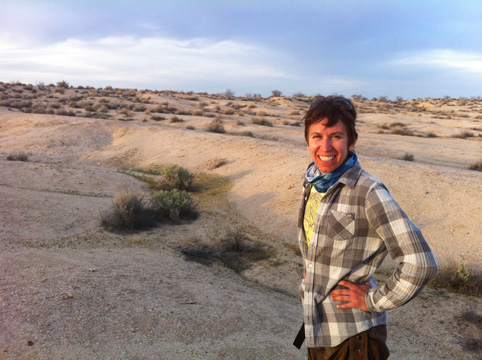I trained as a biologist after first earning a degree in fine art at James Madison University, where I concentrated in printmaking. Printmaking appealed to me because it merges a creative process with a disciplined execution – printmakers must always make adjustments as a work is executed, no matter how carefully planned each stage may be. Inks may not overlay to produce intended tints, the substrate may be carved away too soon (or too late), and perfect alignment of substrate to paper is rarely achieved! The artist must always compensate for vagaries of the process, and may even be required to re-evaluate the goal in order to successfully resolve technical difficulties and maintain integrity of the final product.
As I have transitioned from the role of an artist to that of a field ecologist, I have been repeatedly struck by similarities between the occupations. Both are deeply creative endeavors. Practitioners need a solid grounding in concepts and theory of their field, but creativity is essential for development of a personal artistic style, or formulation of novel research questions and methods. In each discipline, creativity is fueled by open dialogue among practitioners and study of existing work. Joint projects are especially exciting, with collaborators providing an array of skills and experiences no single individual could bring to bear. I welcome opportunities for collaboration! Contact me here.
